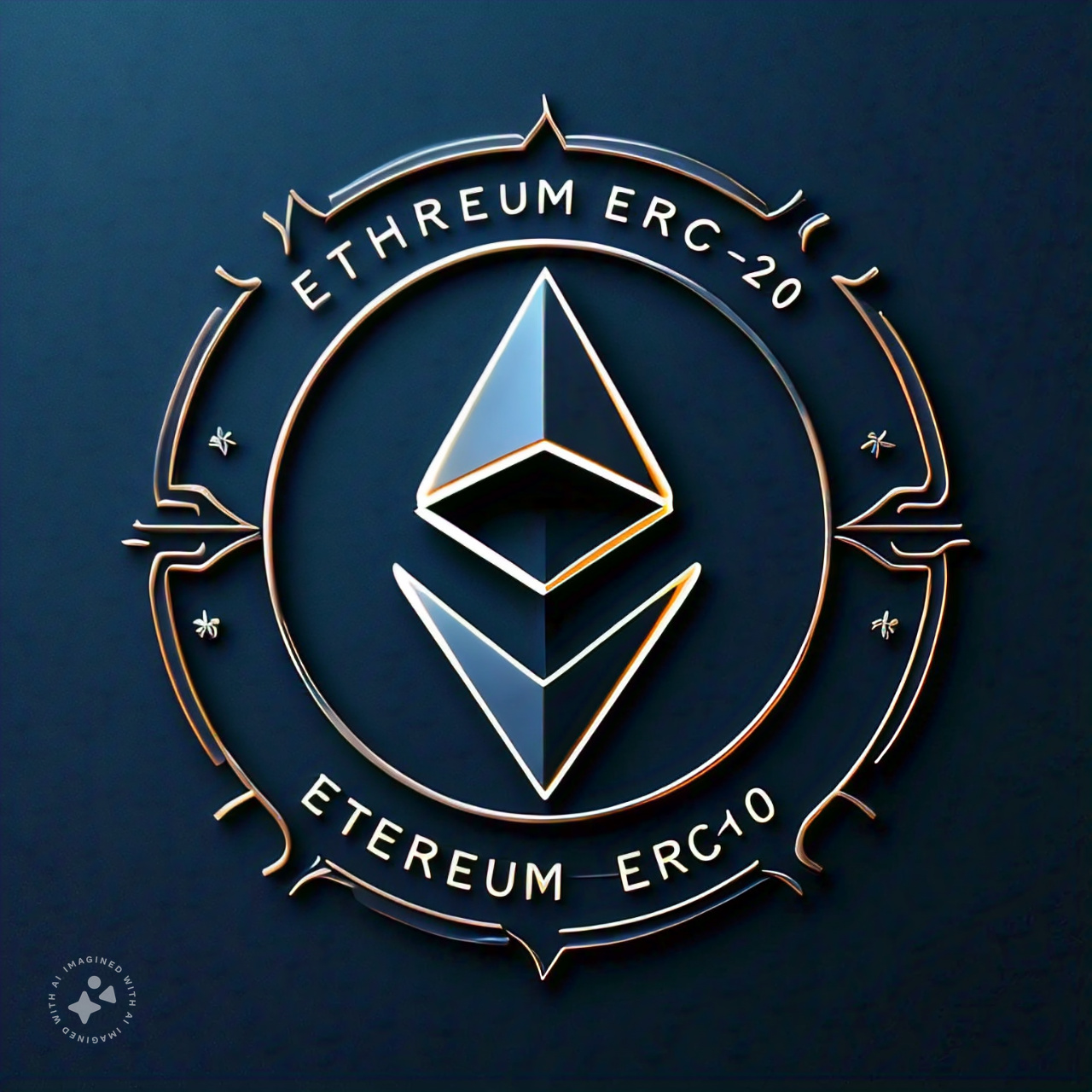Understanding ERC-20: What It Is and Why It Matters
 Idris Akintobi
Idris Akintobi
The world of cryptocurrency is vast and constantly evolving, with new technologies and standards emerging to solve various challenges. One of the most important and widely used standards in the Ethereum blockchain ecosystem is ERC-20. Whether you're new to blockchain technology or an experienced developer, understanding ERC-20 is crucial for navigating the decentralized finance (DeFi) space.
What is ERC-20?
ERC-20 is a technical standard used for smart contracts on the Ethereum blockchain. It defines a set of rules that all Ethereum-based tokens must follow, essentially providing a blueprint for creating fungible tokens that can be traded, transferred, and stored in Ethereum-compatible wallets.
These tokens are identical to one another in type and value, making them interchangeable—hence the term "fungible." This fungibility makes ERC-20 tokens perfect for creating digital currencies, utility tokens, or any asset that needs to be uniform across a wide network.
Why Do We Have ERC-20?
The rise of Ethereum brought with it the ability to create decentralized applications (dApps) and smart contracts, allowing developers to launch their own tokens without needing to build an entire blockchain from scratch. However, without a standardized set of rules, interacting with different tokens would be cumbersome and prone to errors.
Before ERC-20, each new token could behave differently, causing compatibility issues with wallets, exchanges, and dApps. Imagine having to create a new set of rules every time you wanted to trade or transfer a token—that's where ERC-20 comes in.
ERC-20 was introduced to solve this problem by providing a common standard that ensures all tokens follow the same basic principles. This standardization means that any ERC-20 token can be easily integrated with existing platforms, wallets, and exchanges, making it the backbone of the Ethereum token economy.
The Importance of ERC-20
ERC-20's importance lies in its ability to create a unified ecosystem where tokens can be easily traded and transferred. It has become the de facto standard for token creation on Ethereum, powering thousands of projects, from simple digital currencies to complex decentralized finance (DeFi) applications.
By adhering to the ERC-20 standard, developers can ensure that their tokens are compatible with a vast array of tools and services, significantly lowering the barrier to entry for creating and launching new projects.
Use Cases for ERC-20 Tokens
ERC-20 tokens have a wide range of applications across the blockchain ecosystem:
Cryptocurrencies: Many cryptocurrencies are built on the ERC-20 standard, allowing them to be easily traded on decentralized exchanges and stored in Ethereum-compatible wallets.
Utility Tokens: These tokens provide users with access to specific services or features within a platform. For example, tokens might be used to pay for transaction fees, access premium content, or unlock special features within a dApp.
Governance Tokens: In decentralized autonomous organizations (DAOs), ERC-20 tokens can be used to vote on key decisions, giving holders a say in the project's future direction.
Stablecoins: Stablecoins pegged to the value of a fiat currency (like the US dollar) are often implemented as ERC-20 tokens, providing stability in a volatile market while maintaining the flexibility of a digital asset.
Final Thoughts
ERC-20 has revolutionized the way tokens are created and managed on the Ethereum blockchain, providing a standardized and reliable way to launch new digital assets. Whether you're looking at cryptocurrencies, utility tokens, or decentralized finance applications, ERC-20 serves as a crucial building block in the blockchain ecosystem.
As blockchain technology continues to evolve, ERC-20 remains a cornerstone of the Ethereum ecosystem, driving innovation and enabling new possibilities in the world of decentralized finance.
Subscribe to my newsletter
Read articles from Idris Akintobi directly inside your inbox. Subscribe to the newsletter, and don't miss out.
Written by
